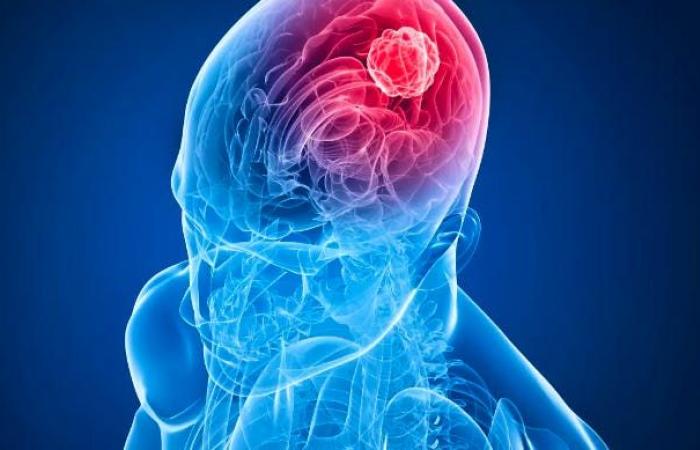Glioblastoma is the most common and aggressive primary brain tumor. The average survival after diagnosis is less than two years. Current treatments remain ineffective. In recent years, immunotherapies have revived hope for patients, although with relatively modest success.
A team from the University of Geneva (UNIGE) and the Geneva University Hospitals (HUG) has managed to identify a specific marker on the surface of tumor cells, and to generate immune cells carrying an antibody to destroy them.
Glioblastomas have biological characteristics that make them particularly difficult to treat. Capable of inducing a microenvironment that limits the attack of the immune system, they escape standard treatments and recur quickly.
Denis Migliorini, assistant professor in the Department of Medicine of the Faculty of Medicine of UNIGE and assistant physician in charge of the Neuro-Oncology Unit of HUG, is a specialist in “CAR-T cells”, or chimeric antigen receptor T lymphocytes. This immunotherapy consists of taking T lymphocytes, which are immune cells, from the sick person, then genetically modifying them in the laboratory in order to equip them with antibodies capable of detecting elements specific to tumor cells, before reinjecting them so that they can attack the tumor in a targeted manner.
“For several years, we have been trying to identify the protein markers expressed by the cells that make up these malignant gliomas,” explains Denis Migliorini. “One of these markers, PTPRZ1, proved to be particularly important: we were able to generate CAR-T cells carrying antibodies targeting this marker. This was a first step towards CAR-T cells that are effective against these tumors.”
Most CAR-T cells are generated using viral vectors, a technique that has proven effective in certain diseases, but is not well-suited for the brain. “They persist for a very long time in blood cell cancers. However, the brain is a fragile organ and this persistence can generate a risk of toxicity,” explains Darel Martinez Bedoya, postdoctoral fellow in Denis Migliorini’s laboratory and first author of this work, which can be read in the journal “Cancer Immunology Research.”
The scientists then introduced the messenger RNA specific to the desired antibody into the T lymphocytes. The cellular machinery then produces the right protein to make the receptor that will be placed on the surface of the lymphocyte and recognize the tumor target. “This technique has many advantages. CAR-Ts offer a flexible platform: they allow multiple adaptations according to the specificities and evolution of the tumor,” explains Darel Martinez Bedoya.
To verify that CAR-Ts only attack tumor cells, the Geneva team first tested them in vitro on healthy and diseased cells. “We were pleasantly surprised to find that not only did CAR-Ts not attack healthy cells, but that they were also capable, through proximity effect, of identifying and fighting diseased cells that did not carry the PTPRZ1 marker,” says Denis Migliorini. “In this context, CAR-Ts are probably capable of secreting pro-inflammatory molecules that are responsible for the elimination of tumor cells, even in the absence of the original marker.”
The second step consisted of testing the treatment in vivo with murine (mouse) models of glioblastoma. Tumor growth was controlled, thereby prolonging the life of the mice remarkably without signs of toxicity. “We administered the CAR-T directly into the tumor. This allows us to use fewer cells and greatly reduces the risk of peripheral toxicity. All the signals are green to now consider a first clinical trial on humans,” the scientists conclude.






